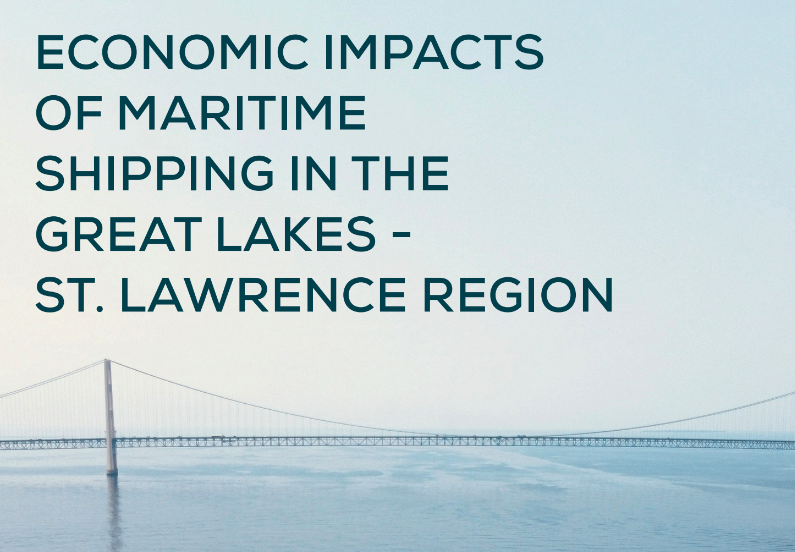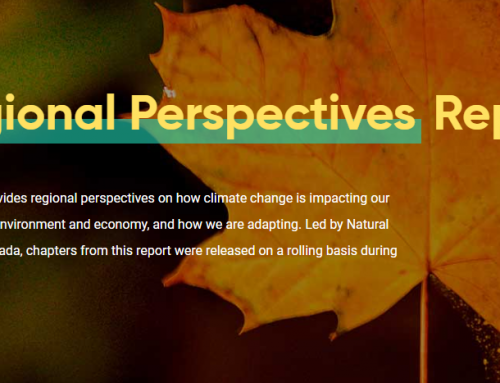Marine shipping on the Great Lakes-St. Lawrence waterway is a significant economic engine. It creates jobs, reduces greenhouse gas emissions, and drives the success of many industries — from manufacturing and construction to agriculture and food.
This analysis estimates the combined U.S. and Canadian economic impacts of all marine cargo moving in the bi-national Great Lakes-St. Lawrence region, including domestic cargo moving between U.S. ports; domestic cargo moving between Canadian ports; cross-lake cargo moving between the U.S. and Canada; and international cargo moving between system ports and overseas ports.
The study measures the impacts of 2022 cargo movements at 40 U.S. and Canadian ports. Analysis was developed from a comprehensive telephone interview program of more than 800 individual firms with more than 1,100 operations throughout the region. Models were then developed to expand the 40-port impacts to the state-wide and province-wide levels.
The Welland Canal section of the St. Lawrence Seaway consists of eight Canadian locks, located in the Niagara region of Ontario, which enable ships to pass between Lakes Erie and Ontario, bypassing Niagara Falls. In 2022, 135.7 million metric tons of domestic and international cargo travelled at some point through the Great Lakes, its connecting rivers and/or the St. Lawrence Seaway.
Commodities include:
- Steel
- General cargo
- Iron Ore/Bulk
- Grain
- Stone/Aggregate
- Cement
- Salt
- Other Dry Bulk
- Other Liquid Bulk
- Coal
Published By: Martin Associates economic analysis and consulting services, Lancaster, PA
Publication Date: July, 2023
Click here to access Economic Impacts of Maritime Shipping in the Great Lakes – St. Lawrence Region
Click here to learn more about the economic impact of marine shipping








